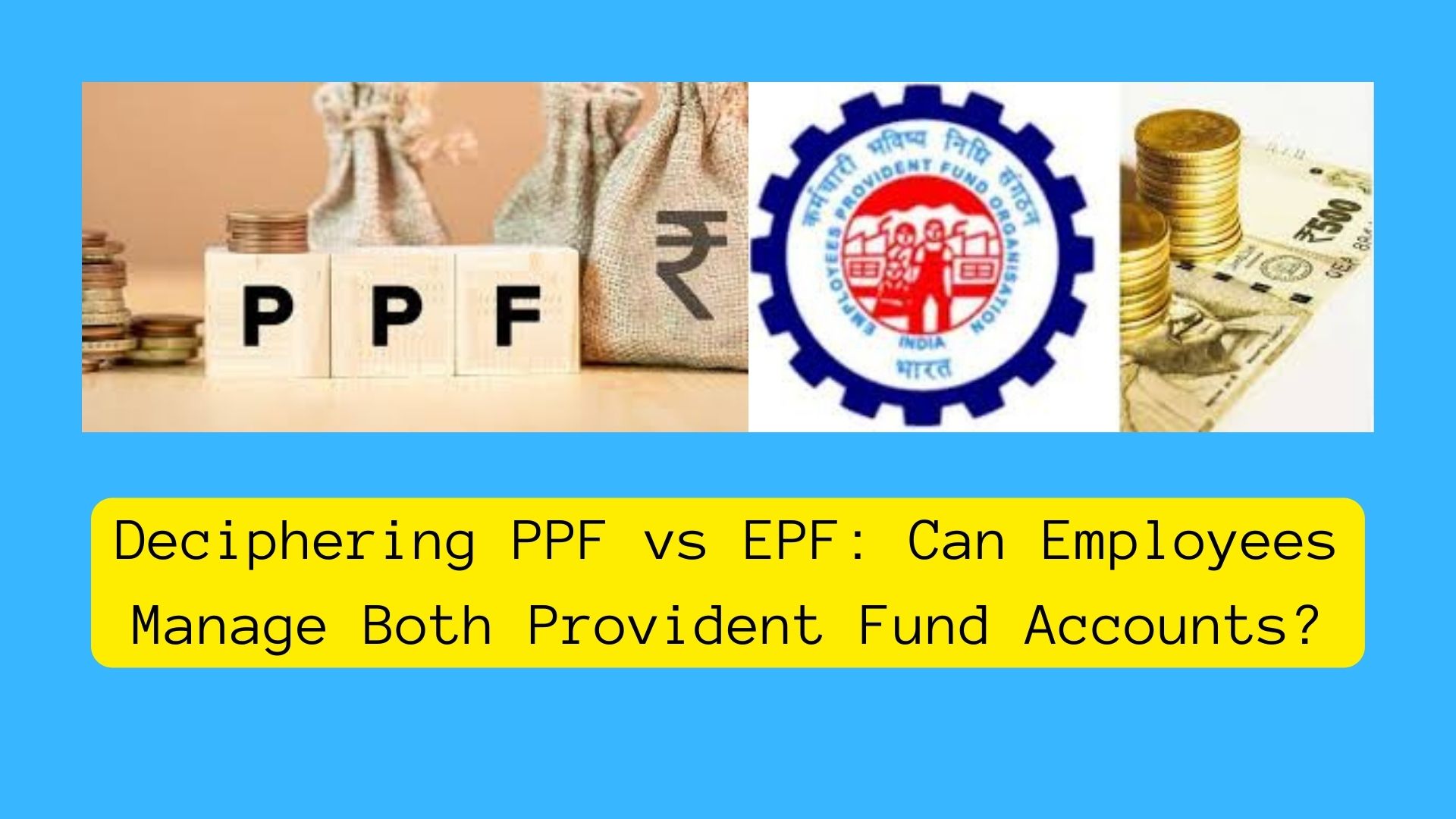
A provident fund (PF) is a specialized savings scheme designed to aid individuals in accumulating funds for retirement. By initiating a PF and adopting a proactive stance towards retirement planning, individuals can guarantee a secure and comfortable future post-employment.
Benefits of Retirement Planning: Engaging in retirement planning diminishes financial stress and uncertainty, providing individuals with peace of mind, knowing there are sufficient funds to support themselves and their loved ones during retirement.
Types of Provident Funds:
1. Employee Provident Fund (EPF):
- EPF is a compulsory savings scheme for Indian employees, regulated by the Employees’ Provident Funds and Miscellaneous Provisions Act, 1952.
- Both employers and employees contribute 12% of the employee’s basic salary (up to a specified limit) towards the EPF.
- It is overseen by the Employees’ Provident Fund Organisation (EPFO), operating under the Ministry of Labour and Employment.
- EPF primarily serves as a retirement savings scheme, disbursing a lump sum amount to employees upon retirement or resignation.
- The interest rate, currently at 8.25%, is determined annually by the government. (This rate may experience minor fluctuations over time)
2. Public Provident Fund (PPF):
- PPF is a voluntary long-term investment scheme provided by the Government of India.
- Individuals can contribute between Rs. 500 and Rs. 1.5 lakh per year.
- It is accessible to all Indian residents and is not linked to employment. Individuals can open a PPF account through designated banks or post offices.
- PPF accounts have a maturity period of 15 years, extendable in blocks of five years indefinitely.
- Contributions to PPF accounts qualify for tax benefits under Section 80C of the Income Tax Act, with tax-free interest earnings.
- The interest rate, fixed for the entire account tenure, currently stands at 7.1%. (This rate is revised quarterly by the government)
PPF vs EPF: Can an Employee Maintain Both PF Accounts? Yes, an employee can simultaneously maintain both a PPF account and an EPF account. However, it’s crucial to discern the disparities between the two:
- EPF is mandatory with employer contributions, while PPF is voluntary with tax benefits and a fixed interest rate.
- Employees can leverage both schemes by contributing to their employer-sponsored EPF and also opening a personal PPF account to augment retirement savings.
Conclusion: Since PPF and EPF serve distinct purposes and possess differing features, individuals can manage both accounts concurrently. Nonetheless, EPF contributions are typically linked to employment and are jointly made by the employer and employee, whereas PPF contributions are voluntary and solely facilitated by the account holder.
Also Read
Understanding ELSS Mutual Funds: Comparing Tax Saving Benefits and Returns with PPF and FD

One thought on “Deciphering PPF vs EPF: Can Employees Manage Both Provident Fund Accounts?”